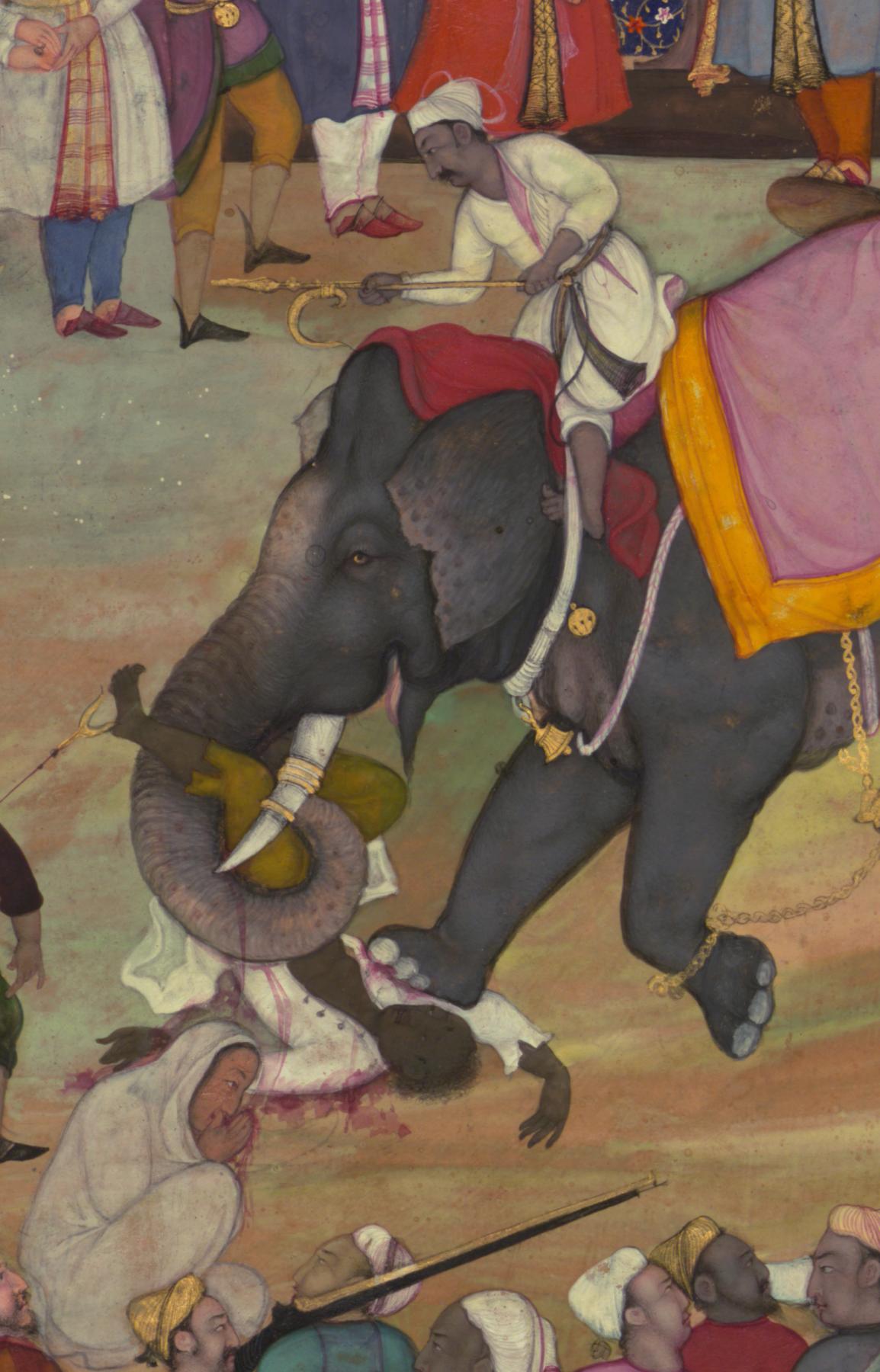
Photo Source: Wikipedia.org
Shahjahan’s
rule is portrayed by historians as the “golden age” in India. The symbol of
this golden age is the “Taj” before which we stand admiring its marvelous architecture.
Even three hundred years ago, the cost to build such a monument must have been astronomical.
In order to divert funds towards the construction of such monuments requires a
good economy and a period of peace and quiet in the country. Was the age of
Shahjahan really a glorious period in history?
The
historians who witnessed Shahjahan’s rule, aver that he was a bigoted
potentate. The Padshanama gives
references to the orders given by him to destroy Hindu temples in Varanasi. 75
Hindu Temples were demolished per the command of Shahajahan. He also had the
Churches built by the Europeans in Agra and Lahore destroyed. Every single year of his rule was spent in a
major battle. Why would an emperor involved in military campaigns every year of
his reign, spare funds for the construction of a mausoleum?
The
period of his reign was also marked by the famines in the Deccan and Gujarat. According
to the chronicles, bones from dead bodies was pounded with fluor and sold in
the market. The number of dead was so high that the streets and highways were
covered with corpses. As with any famine, the misery of the people was further
augmented by plague and pestilence! This was also the period when the slave
trade boomed in India. According to the Wikipedia, "Under Shah Jahan
peasants were compelled to sell their women and children to meet their revenue
requirements...The peasants were carried off to various markets and fairs to be
sold with their poor unhappy wives carrying their small children crying and
lamenting. According to Qaznivi, Shah Jahan had decreed they should be sold to
Muslim lords." (Ref: https://en.wikipedia.org/wiki/Slavery_in_India).
It is heartbreaking to even imagine the
conditions of the peasants who on had to fight the famine or lose their family
to the emperor to be sold in slave markets around the world. What kind of
emperor would make money by selling his people that too during a famine instead
of offering them monetary support?
The
chronicles also reveal Shahjahan as a psychopath who derived perverse pleasure
when he watched people die. The Akbarnama tells us that Akbar felt horrified
when he learnt that his son Jahangir and grandson Shahjahan enjoyed to see
people being flayed alive. Manucci narrates about an incident in which a kotwal
was sentenced to death. The man was ordered to be bitten by a cobra. Shahjahan
enquired how long the man had to live. The courtiers informed him that it would
take an hour for the venom to kill the man. Shahjahan sat down on his throne
and watched the man die. Another time, he had a slave beaten to death while he
watched because the slave had given betel to the nobles. The pages of the
chronicles are filled with the horrific deeds perpetrated by the emperor. His
greed for hoarding money, also made him continue the practice of his ancestors
by confiscating the property of his nobles after their death and by allowing
the family of the nobles to suffer in poverty. According to the royal decree,
the emperor was the heir of any wealthy person who died in the kingdom.
No comments:
Post a Comment
Note: only a member of this blog may post a comment.